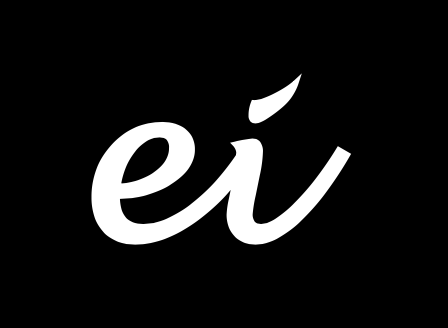Very Light Rail
Very Light Rail (VLR) as a transportation mode stemmed from the concept of providing a lightweight rail-based system that provides a tram like service without the ever-increasing civil engineering requirements of modern conventional Light Rail systems. VLR means; very lightweight, low-impact rail based transportation.
Conventional Light Rapid Transit systems such as Croydon Tram, Midland Metro, Nottingham Express Transit and Manchester Metrolink have all supported economic growth to the areas they serve, and all have plans for expansion. The cost of providing these desired extensions have steadily risen over the past 20 years, with intensive civil engineering requirements such as utility diversions and deep track formations proving to be stumbling blocks.
To overcome this, Coventry City Council, in collaboration with the Warwick Manufacturing Group, West Midlands Combined Authority and others, have committed to a lightweight system that bridges the modal gap between buses and conventional trams. Only one VLR system operates in the UK today, the Stourbridge Shuttle. The system utilises a hybrid lightweight vehicle that provides a dedicated rail-based service from the main line railway station at Stourbridge Junction to the Stourbridge Bus Depot and Town Centre.
This 1.3 Kilometre route has been operational for 11 years and recently celebrated the 5 millionth customer, demonstrating that VLR has a significant market in the UK..
“Engineering Integration Ltd (ei) and CNNCT Ltd have teamed up to expand the VLR concept across the UK, bringing the technical, commercial and operational experience necessary to marry VLR abilities to suitable locations, of which there are many, supporting the provision of the rail infrastructure and vehicles."
- Julian Mason, ei Director
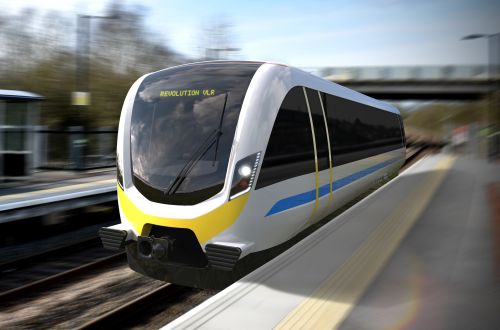
ei and CNNCT have identified many opportunities and applications of VLR as a mode of transporting people. Our approach is very much tailored to tackle the logistics problem known as 'thelastmile'.
This lastmile of journeys or deliveries, irrespective of whether transporting goods, communications, services or passengers, is inevitably the least efficient in economic and logistical terms.
Likewise, new transportation schemes are easier to establish outside of the target areas of population or location, a good example of this being the increase in Parkway type Railway Stations. Our approach brings a new mode to help resolve this 'thelastmile' problem.
ei and CNNCT have the knowledge and skills required to assess the viability, feasibility and economics of potential VLR projects, from inception through construction, operation and the full lifecycle of the project.
KEY BENEFITS OF VLR
Clean air running from battery power
Reduced land-take through on-street running
Flexibility of service through digital coupling and intelligent signalling
Reduced disruption to local residents and businesses during construction
Bridging the Last Mile, penetrating towns to give fully multi-modal options
Low access platforms meaning no footbridges, ramps or lifts required
Low impact construction including shallow construction depths
Emerging technologies such as Hydrogen power
No overhead electrification
Some of Our Clients
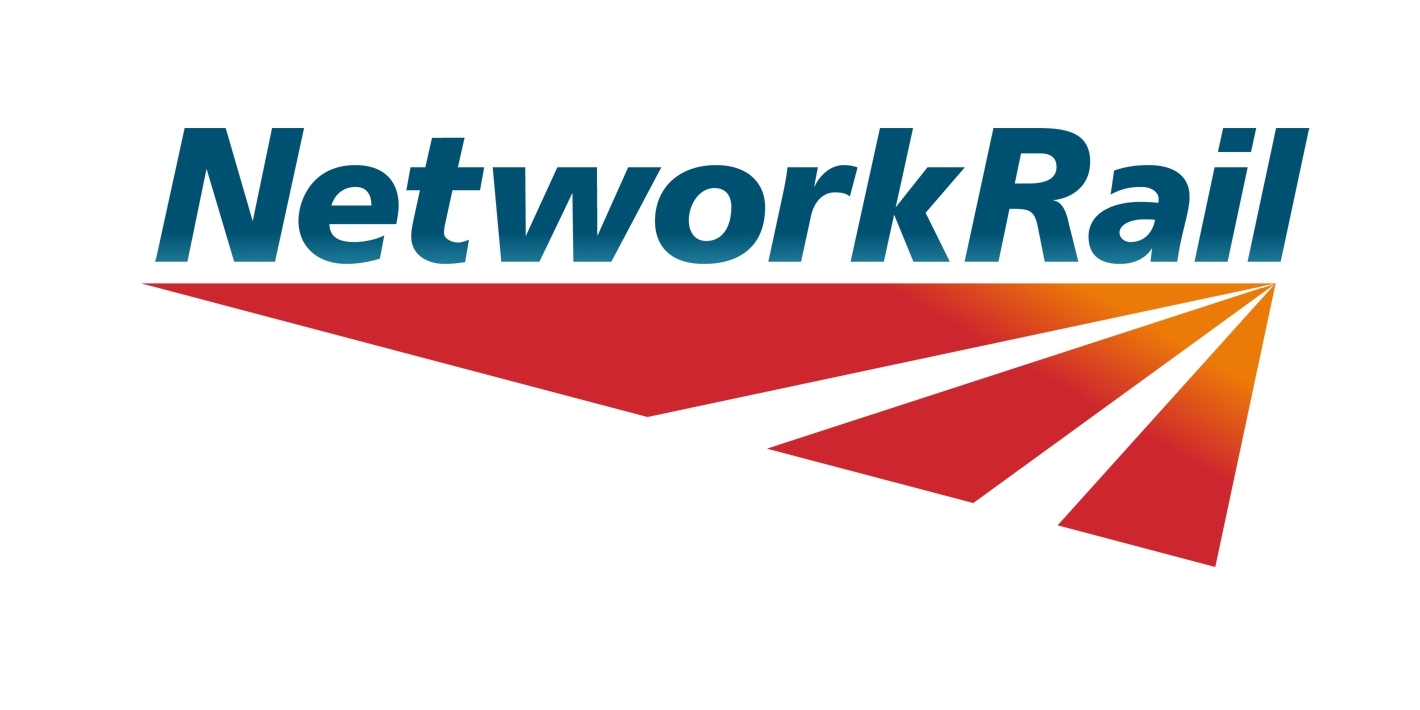
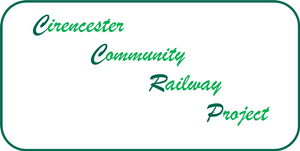
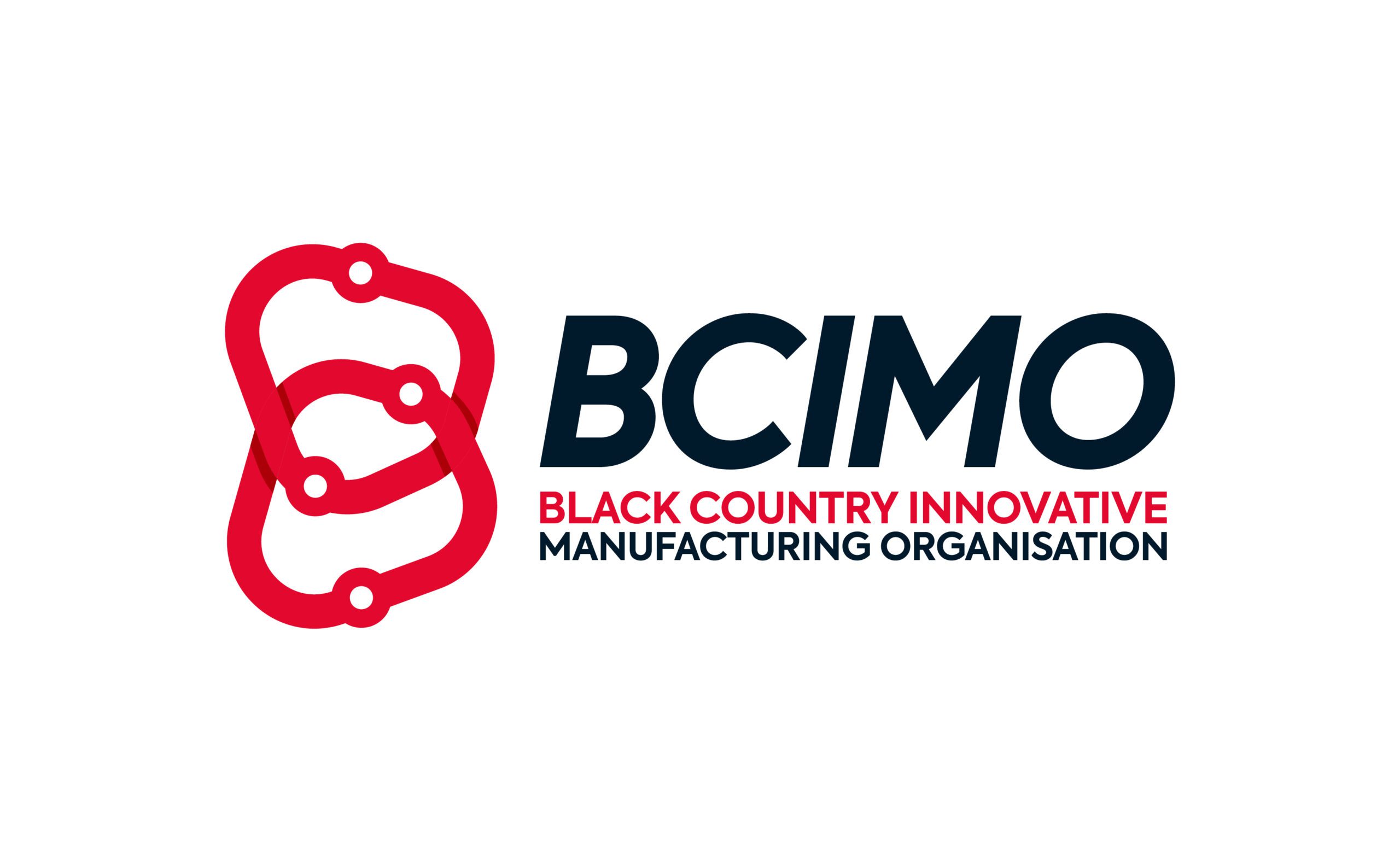
Find out what we can do for you
Our Services
Engineering management is critical to ensure the safe and efficient operation of their assets and networks.
ei work closely with our clients to ensure that their engineering projects are delivered to the required standards, to the specific requirements, within budget and on time.
ei has developed a self assurance model supported by our bespoke competency assessment matrix. This ensures that ei can provide a formal authority to work for all members of our team.
We provide multidisciplinary engineering management expertise to rail, transportation, and infrastructure projects. Involving the latest in systems engineering thinking, tools and best practice, and apply it practically and pragmatically alongside our design and construction experience.
We successfully define and integrate the technical, contractual, programme, stakeholder and construction interfaces to ensure our projects deliver quality output, to budget and on time.
Innovation & Development
The rail industry is constantly evolving, and innovation, efficiency and development are essential to its continued success.
One of the key areas of innovation in recent years has been the use of 4D visualization and planning techniques.
4D visualization allows project teams to visualize the project and its progress over time, without having to undertake site walkouts, improving communication and collaboration between stakeholders.
